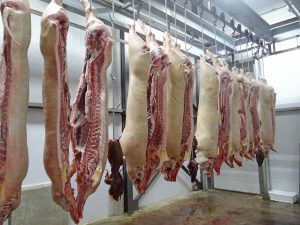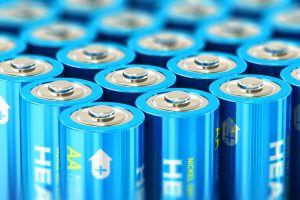Plumbing can be complex, especially for beginners. Avoiding common mistakes can make a significant difference in the quality and durability of your work. Here are ten common plumbing mistakes and how to fix them:
- Incomplete Soldering: A frequent error is not finishing the soldering of a joint in one go. This can result in melted solder from other joints and corrosion from leftover flux.
Always ensure you have all materials and time needed to complete the soldering process without interruption.
- Crooked Pipe Cuts: Cutting pipes crookedly can cause leaks. Use ratchet cutters or a miter box to achieve straight cuts. This precision is crucial as even minor errors can lead to significant issues.
- Incorrect Copper Types: Using the wrong type of copper pipe can lead to problems. Type M is thin and used for residential applications, while Type L is thicker and suited for commercial use. Type K is used for HVAC and underground applications, and DWV is used for drainage. Knowing the correct type for your job is essential.
- Steel Supports on Copper Pipes: Steel supports can cause corrosion when they come into contact with copper pipes. To prevent this, use copper supports or wrap the copper pipe with electrical tape if steel supports are the only option.
- Torch Position While Soldering: Holding the torch directly under a joint can cause excess solder to block the nozzle. Control the amount of solder and position the torch carefully to avoid this issue.
- Uncapped Pipes: Leaving cut pipes uncapped can lead to sewer gases and debris entering the system. Always cap pipes or use plastic bags secured with tape if caps are unavailable.
- Installing Crooked Pipes: Crooked pipes not only look unprofessional but can also cause alignment issues with other components. Use a torpedo level to ensure pipes are installed straight.
- Soldering Caps: Pressure buildup can cause caps to pop off. Use low heat and slightly crimp the cap to keep it in place while soldering.
- Heating Solder Instead of Fitting: For proper soldering, heat the fitting, not the solder. Overheating can burn off the flux, making it impossible to create a strong joint.
- Running Hot and Cold Pipes Together: Avoid running hot and cold pipes in the same hole as this can cause temperature issues. Make separate holes and insulate the pipes to maintain their effectiveness.
By addressing these common plumbing mistakes, beginners can improve their skills and achieve better results in their plumbing projects.
.








